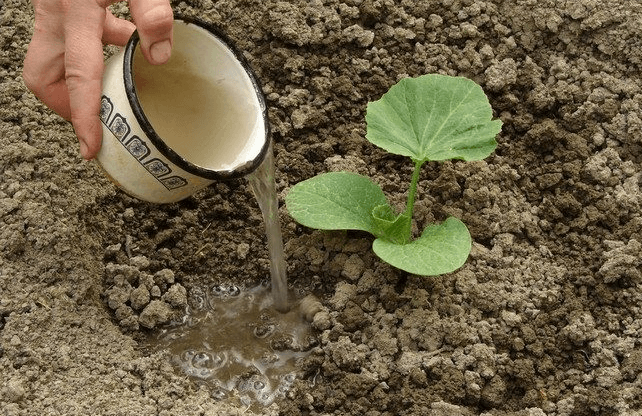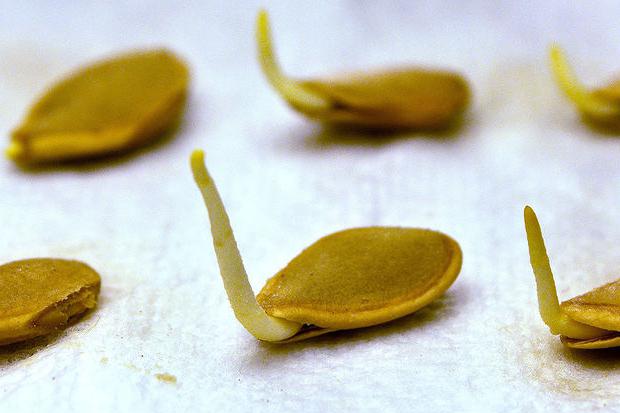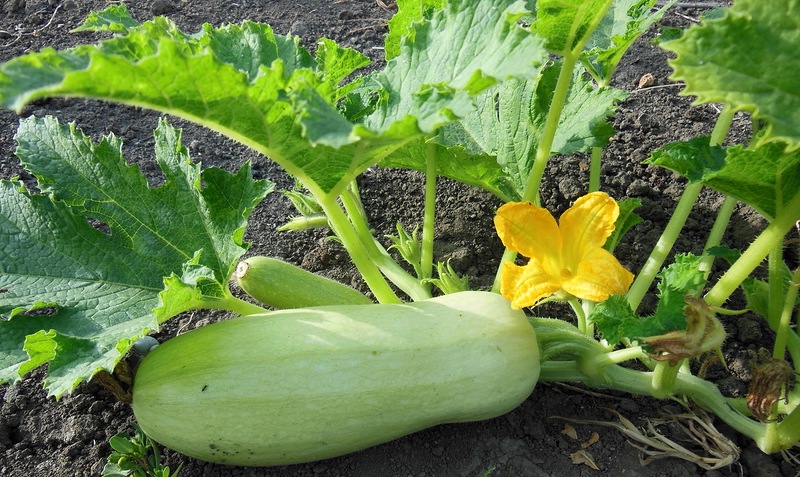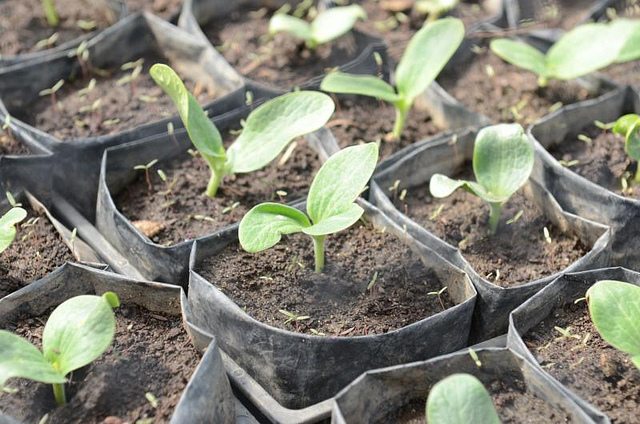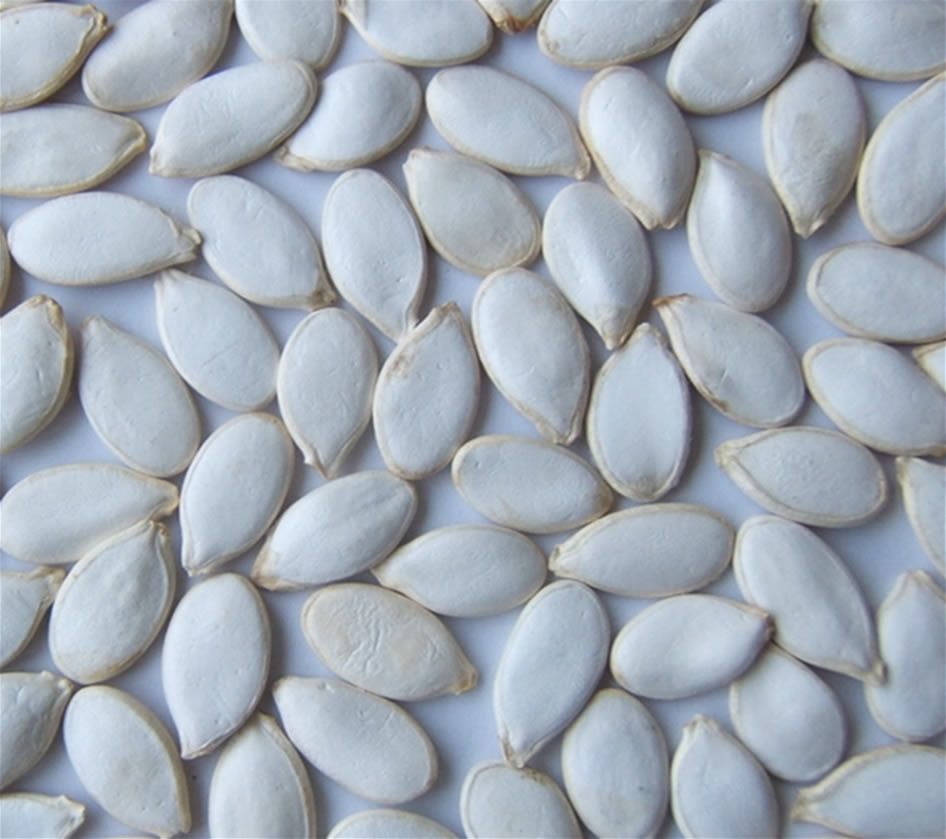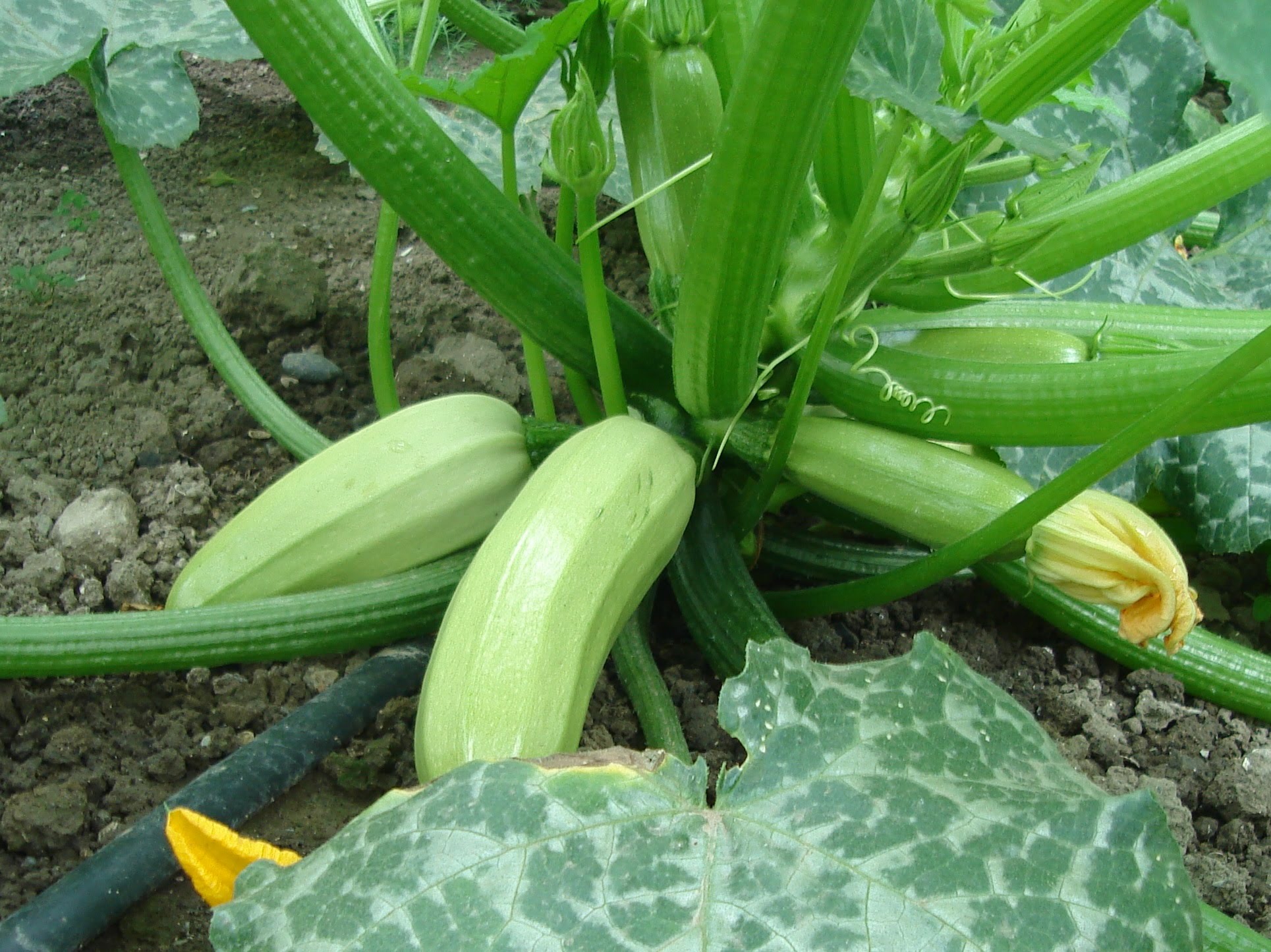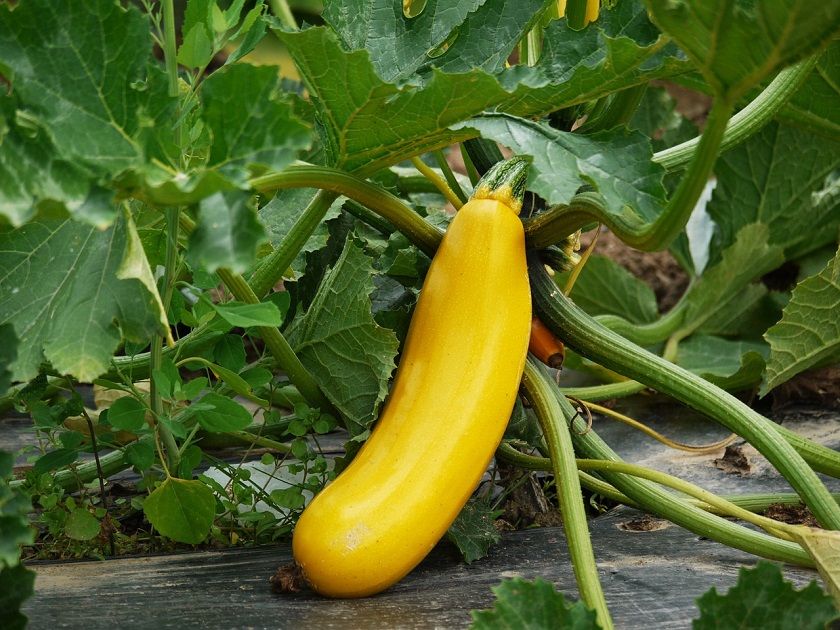Content:
Zucchini are famous for their usefulness and low calorie content, while zucchini is an unpretentious vegetable. The first crop can be harvested within a month after planting. But for the harvest to be plentiful and healthy, you need to know how zucchini grow and what care they need for fruiting. Zucchini can be grown in two ways.
How to grow zucchini seedlings
You can prepare the seedling soil yourself. For this you will need (in parts):
- 6/10 Peat,
- 1/10 Sawdust,
- 2/10 Wood ash,
- 2/10 Compost,
- Ammonium nitrate - 6 g,
- Potassium sulfate - 10 g
- Superphosphate - 12 g.
Mix everything and distribute in containers for seedlings. Suitable containers are various boxes, cups, dairy bags, peat pots or small boxes. If there is no way to prepare the soil, there is always an option to buy ready-made in the store.
To get a harvest earlier, the seedling method is better suited.
How to grow zucchini outdoors
Zucchini love light and warmth, so the volume of the crop will depend on the place of planting. It is better to choose areas that are illuminated by the sun most of the time. Immediately before planting, the soil must be loosened, holes made at a distance of about 80 cm from each other. The width of the bed is from 80 to 90 cm.
What kind of soil do zucchini like
Chernozem or soil containing sand and clay is best suited for planting zucchini. If groundwater flows underground in a summer cottage, zucchini must be provided with an elevated bed on a compost heap or grown in a barrel.
When planting zucchini in a barrel, several nuances must be taken into account. The barrel must be at least two hundred liters. At the bottom of the barrel, you need to make a couple of holes so that excess moisture can calmly come out, and in the middle of the barrel stretch a tube, having made several holes in it beforehand, it will serve for watering the zucchini. The main thing is to fill the barrel with soil for planting seeds. To prepare the soil, you need to create several layers:
- The top layer is ordinary earth,
- The middle layer is tops or any weed,
- Bottom layer (air) - various branches.
To plant zucchini on a compost heap, you need to create a special bed, it will also consist of several layers:
- Top layer - plant waste + soil,
- Middle layer - waste from plants of medium size,
- Bottom layer - Large plants (stumps, branches), the bottom layer takes on the role of drainage.
You can also use mobile zucchini beds. Any container that can be rearranged is suitable as a place for seeding: a bucket, boxes or bags.
Preparing seeds for planting
Seed preparation for planting usually begins in late April or early May. You can choose any seeds, but they differ in high yield and unpretentiousness:
- Gribovskiy 37,
- Pharaoh,
- Long-fruited
- Pine.
Regardless of which method is chosen, you first need to soak the seeds for a day in warm (but not hot!) Water, then wrap them in a damp cloth and keep them at a temperature of 22-25 ° C for 4-5 days. Soon, the seeds will begin to sprout, when the hatched roots are about one third of the seed, they can be planted in a seedling container or in the ground.
Before planting in the ground, the holes must be watered with warm water so that the earth becomes moist. It is optimal to deepen the seeds by 5 cm, it is better to put two seeds in each hole in case one of them does not rise. If both seeds have sprung up, one of them must be carefully dug up and transplanted, or the seedling must be cut off at ground level so as not to damage the roots of the remaining one.
It is better to take out containers for seedlings with seeds planted in them to the balcony, so the zucchini will receive more heat and light.
Fertilize the soil twice with a special solution. The first time is 5-7 days after sunrise. The mixture is prepared from urea (2 grams) and superphosphate (6 grams). Dissolve urea and phosphate in 1 liter of water and water the squash seedlings.
The second time to feed the plants is necessary a week after the first feeding. Dissolve a teaspoon of nitrophoska in 1 liter of water and water the plants.
After a month, the seedlings can also be transplanted into the ground along with the soil in which the zucchini seeds germinated.
Zucchini: growing and care in the open field
The main thing in caring for zucchini is to feed the plants on time, do not miss regular watering and periodically weed the beds. Also, to increase the yield, zucchini should be sprayed with a special solution consisting of a mixture of sugar and boric acid, or a solution of honey to attract pollinating insects.
Top dressing
The plant should be fed twice. The first time is during flowering, and the second is when the plant begins to bear fruit. For feeding zucchini, a solution is best suited, which contains mineral and organic fertilizers for pumpkin plants. At the first feeding, a complex fertilizer is better suited, and with the appearance of the first fruits, a fertilizer containing phosphorus and potassium.
You can buy fertilizer in a specialized store for a summer residence and a garden, and the dosage is usually always indicated on the package. Also, manure mixed with water is suitable as a top dressing.
Watering
It is necessary to water the vegetable every week with warm water (cold water promotes decay of still young ovaries), but if it is very dry and hot outside, water the plant twice a week. If the squash grows in a barrel, there is a special watering system. Additionally, watering the zucchini from above is not worth it, this can lead to exposing the roots. If suddenly this happens, it is enough to cover the place of exposure with a layer of soil with peat.
Weeding
When the plant begins to produce its first leaves, it is worth hilling and weeding. In the future, it is not necessary to huddle the plant, because the roots do not go deep into the ground, but remain closer to the surface. Weeding continues as weeds germinate in the zucchini garden, usually 2 times a week
Pruning bushes
Zucchini bushes tend to grow profusely. In order for the sun and heat to be enough for all the plants in the garden, you need to cut off the largest leaves that create shade and prevent the growth of the rest of the zucchini.
If the zucchini grow in a greenhouse, the agricultural technology will practically not differ from the ground one, only frequent ventilation will be added to maintain the humidity within 60%.
Sometimes empty flowers appear on the beds. A barren flower is a flower that does not give an ovary, which means that you cannot see fruit from it. But this does not mean at all that such plants need to be dug up and thrown away. They are very useful, because they are male flowers, that is, they are intended for pollination of female flowers. Therefore, they need care as much as the rest.
Do I need to tie up zucchini?
You do not need to tie up zucchini, but some experimenting lovers use the vertical method of growing. For this, long trellises are used, zucchini are tied to them at an early stage. Later, the plant independently braids the support element.
Prevention of zucchini diseases
To prevent zucchini from getting sick, it is enough to follow a few rules. Crop rotation is the main rule for planting zucchini. You can not plant them where other plants of the Pumpkin family previously grew, since the diseases of the family are the same. When fertilizing plants with a solution, it is necessary to saturate the soil in which the squash grows, and try not to get on the plants themselves. You also need to keep a distance when planting seeds and seedlings. Plants in greenhouses and greenhouses deserve special attention, the humidity inside the greenhouses should be 60-70%, otherwise the plant may lose its ovaries.
Insect pests can also destroy the crop. The most common of them are aphids, spider mites and sprout flies. For pest control, wood ash or special solutions that can be purchased in stores are suitable.
Harvesting and storage
You can harvest the crop at different times, depending on the goals of the gardener.
If you want to eat zucchini already in the summer, you should pick them still green, about 30-40 days after disembarkation, when they reach 20-35 cm in length.
Well, if you pluck the zucchini later, already ripe, with a hardened skin, they can be stored until spring. The main thing when harvesting is to leave the stalks of 5-6 cm in zucchini and store the products in the cellar, basement or on the lower shelves of the refrigerator.
Zucchini are not only useful, but also easy to store and plant. Therefore, summer residents love this vegetable so much. Observing the rules of growing and caring for zucchini, not only a specialist, but also anyone who wishes can grow them.



